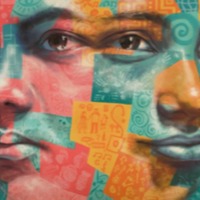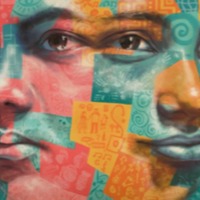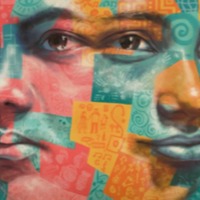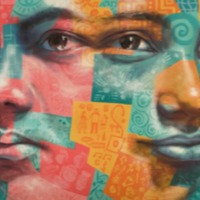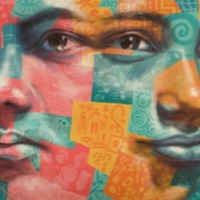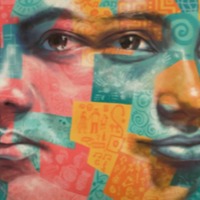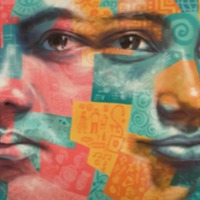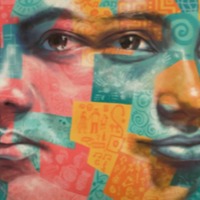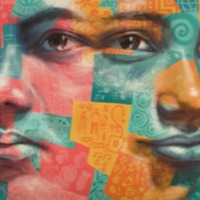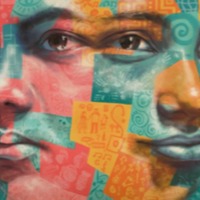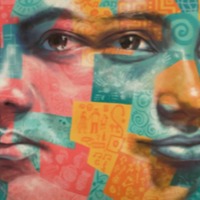
For over 25 years I worked as a minister’s wife alongside my husband in street outreach into project housing, poverty areas, the homeless, mission trips to Mexico, and disadvantaged people groups. Being around multiple women’s ministries gave me the opportunity to help many women from abused backgrounds. This was my passion because I had come from a background of abuse. I didn’t know how to tell what had happened to me, but I knew that compassion for these women consumed me to help them find resources, encourage them, and bring them into community with other women.
In 2005, my eyes were opened to the crime of human trafficking. I soon discovered the United States was a hub for smuggling victims in for forced prostitution and other forms of slavery. The phrase “Human Trafficking” disturbed me on a personal level and I wanted to do something about it. The passing of the Trafficking Victim’s Protection Act and the phrase “Human Trafficking” gave me name of what happened to me as a child.
You see, I am an adult survivor of Domestic Minor Sex Trafficking. The list of crimes perpetrated on me from the age of 13 to 17 is extensive and too horrifying to describe. This was my secret.
I carried this secret with me into adulthood and I tried so hard to keep it hidden. The problem with this attempt to hide my secret, though, was that there was something terribly wrong with me. Although I had escaped my abuser, I lived in fear of him finding me because he said he would kill me – and I believed that he would because he had already tried. At age 32, I was diagnosed with depression and post-traumatic stress disorder by a psychiatrist. I never went back to the psychiatrist because I was afraid everyone would think that I was crazy. I first heard the words “rape is not your fault” when I was 45 and had been married for 25 years. This secret was beginning to come out and I didn’t know what to do with it or who I could trust. I had never told my husband or my family any of the details. All anyone knew was that I had been through really bad abuse as a teenager.
When I began Embassy of Hope in 2007, I wanted to help women who were victims of human trafficking. To my knowledge, no one else was doing this. Early in 2008, I was already finding victims and trying to help them. I couldn’t bring myself to tell why I wanted to work in this field because I had so much pain and couldn’t really explain my past. Also in 2008, I attended a Shared Hope International conference on Domestic Minors Sex Trafficking in Dallas. I sat in on a “Sex Crimes Detective” segment and heard a Detective name off a checklist that was only too familiar to me, “when we begin to see a child that is a chronic runaway, chronic truancy, etc., we begin to flag them as a possible victim of child sex trafficking, because we are now realizing, someone else is controlling them.”
How could I tell people what I was now identifying with and learning about my childhood? My husband was on staff at a very large church and I was afraid of embarrassing him and the church. I was afraid if they found out, they would fire him. I was terrified that my past had caught up with me. Yet people still didn’t understand why I was trying to raise awareness on human trafficking and wanting to help prostitutes. I reserved the secret details for the women I began working with in order to help them identify and break free.
In September 2009, the Texas Legislature signed into law that every child under the age of 18 that is involved with stripping, pornography, and prostitution is a victim of human trafficking. This law gave me the courage to begin telling my story. I finally did so in February 2010 to a group of women at a large church in San Antonio. Out of that first sharing, I was invited to train the U.S. Army MEDCOM on human trafficking and I shared my story formally, along with one of the survivors I had housed in my own home.
The unique part of this story is the community that helped me survive as a 16 year old child. This community consisted of a handful of girls my age and a little older who would give me rides to church, take me out to eat with their families, give me clothes, pray with me, let me spend the night with them, and give me emotional and spiritual support. They became my family as I continued to have one foot in and one foot out of my situation. One of the girls helped me get into a trade school where I received my GED and certificate for office work. It took me two years to complete because I had to drop out so many times due to the abuse that I didn’t know how to tell anyone about. Eventually, the person responsible for my abuse had gone to prison and I was finally able to get away from him. After I got my GED, my friends helped me get my first job at a newspaper office. I was a chameleon; I hid everything because of fear and shame. This group of community helped me get back into school and made sure I had the basic things I needed. Eventually, I broke away from all of the people who were exploiting and abusing me. Had these girls and their families not been in my life, I would not have lived to my 18th birthday.
Although community is vital to the restoration process, trusting that community doesn’t come easy. Even today, I still only trust people to a certain degree. I speak for myself and for the girls I’ve worked with, that we don’t want people inside our heads that have the potential to manipulate and control our outcome. I’m so blessed to have Board Members, mentors, and a few friends that I let into my life who have earned my trust. They are my community. They help me deal with life as it comes.
Healing is a life-time process. I have been peeling off layers of fear and shame for years. Every time I think I’m “fixed”, I discover more layers. I was reminded of this again at a recent team meeting. Although I didn’t immediately realize it, the body language and tone of voice of some of the men during a discussion caused an unexpected reaction. I broke down, ran out of the room, and locked myself in a stall in the bathroom and cried and cried and cried. After composing myself and realizing I was having a trauma reaction, I went back into the meeting to finish. My emotions were numb and I was incredibly embarrassed and felt helpless. Later, I discussed this with a friend who is has a PhD in Trauma Recovery and I discovered I had a major flashback. It came out of nowhere. The abuses I had gone through as a child left me with PTSD and I’m told it is similar to what a soldier goes through as a prisoner of war. After all these years, I’ve discovered that I’m not “fixed” and still need a community that I can trust.
Narrative as told to the Texas 82nd Legislature Joint Interim Committee to Study Human Trafficking, June 26, 2012.
